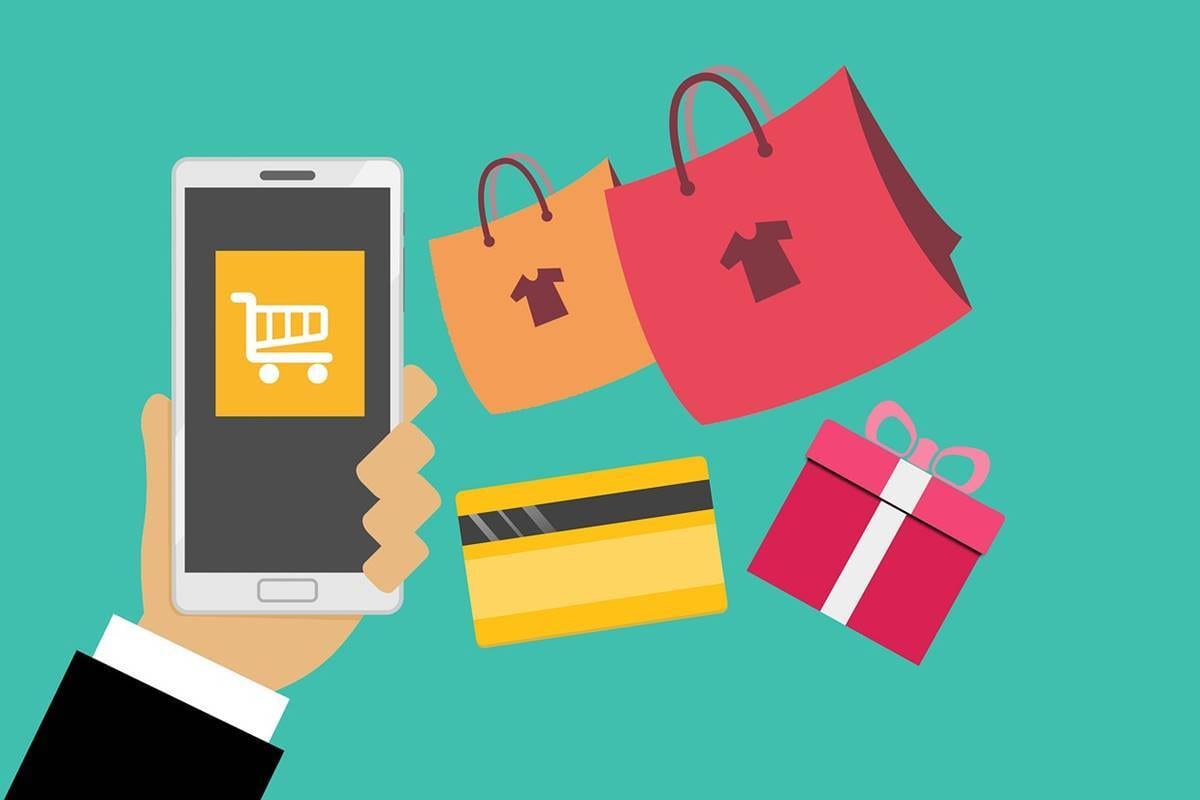 UPI debits a bank account and is not available on credit cards. Bank application has many other products which they try to cross-sell nowadays and there are only 60 million credit cards in the country.
UPI debits a bank account and is not available on credit cards. Bank application has many other products which they try to cross-sell nowadays and there are only 60 million credit cards in the country.
Representational Image/ Source: PixabayContactless payment is set to become more popular in the New Year with the RBI deciding to increase the limit ‘tap-and-go feature to Rs 5000. However, when it comes to contactless payment options like credit cards, UPI, and mobile banking apps, there is still a question among users as to which is the best among these.
Experts say that all these options have their own merits and demerits. However, UPI could be said to be the best of the three for making contactless payments while shopping.
According to Rajesh Desai, CEO, and Director, Lyra Network India, making payments via credit card can be tedious when compared with payment via UPI or mobile wallets (mobile banking apps).
Both, swiping the card at the counter or entering card details while making online transactions is time-consuming. Also, most of the online platforms have an option to pay using UPI or mobile wallets.
“Payment via mobile apps seems to be faster and secure. Though mobile payments eliminate the need for merchants to purchase expensive POS, lack of interoperability puts them at disadvantage,” Desai told FE Online.
Desai says that UPI is the best among the three for making payments. “UPI payments, however, happen directly from one bank account to another.
UPI payment is easier, faster, and secure. Instead of installing different applications, UPI brings multiple bank accounts on one platform.
There is no need to add a beneficiary for transactions. In contrast with a credit card, there are no transaction charges on UPI payments which makes it the best among all three,” he said.
Anand Kumar Bajaj, Founder, MD, and CEO, PayNearby, says that all three contactless payment options have some benefits.
He says that UPI debits a bank account and is not available on credit cards. Bank application has many other products which they try to cross-sell nowadays and there are only 60 million credit cards in the country as opposed to 860 million debits cards in India.
Bajaj says that UPI has an edge in being able to serve the debit card base. The user experience of each of them is different.
UPI is an easy Person2Person (P2P) as well as Person2Merchant (P2M) payment on the smartphone where the customer is required to do virtually all actions. A Mobile Banking app is the bank’s app with which most users avail bulk of benefits without visiting the bank branch or an ATM.
“A very large number of banks have enabled UPI as well as Bharat QR code on their mobile banking app. Then there are the big 5 now i.e. Google Pay, Amazon Pay, PhonePe, PayTM, and this month onwards WhatsApp Pay.
All these players have leveraged UPI to provide a better user experience through their mobile apps and in the process have also provided the much-needed boost to micropayments, be it P2P or P2M.
Finally, Credit Cards are till recently physical cards but tokenization has also enabled them on NFC mobile and is progressively being made available on Bharat QR code,” Bajaj said.
Source: https://www.financialexpress.com/money/credit-card-vs-upi-vs-mobile-banking-which-is-better-for-contactless-payment/2148309/


